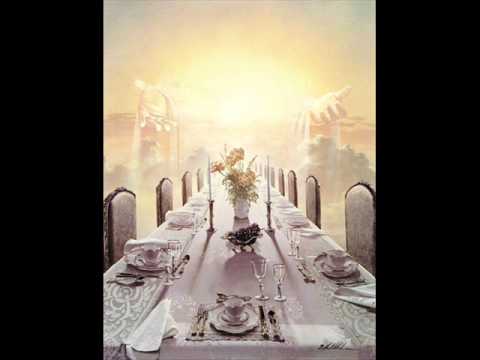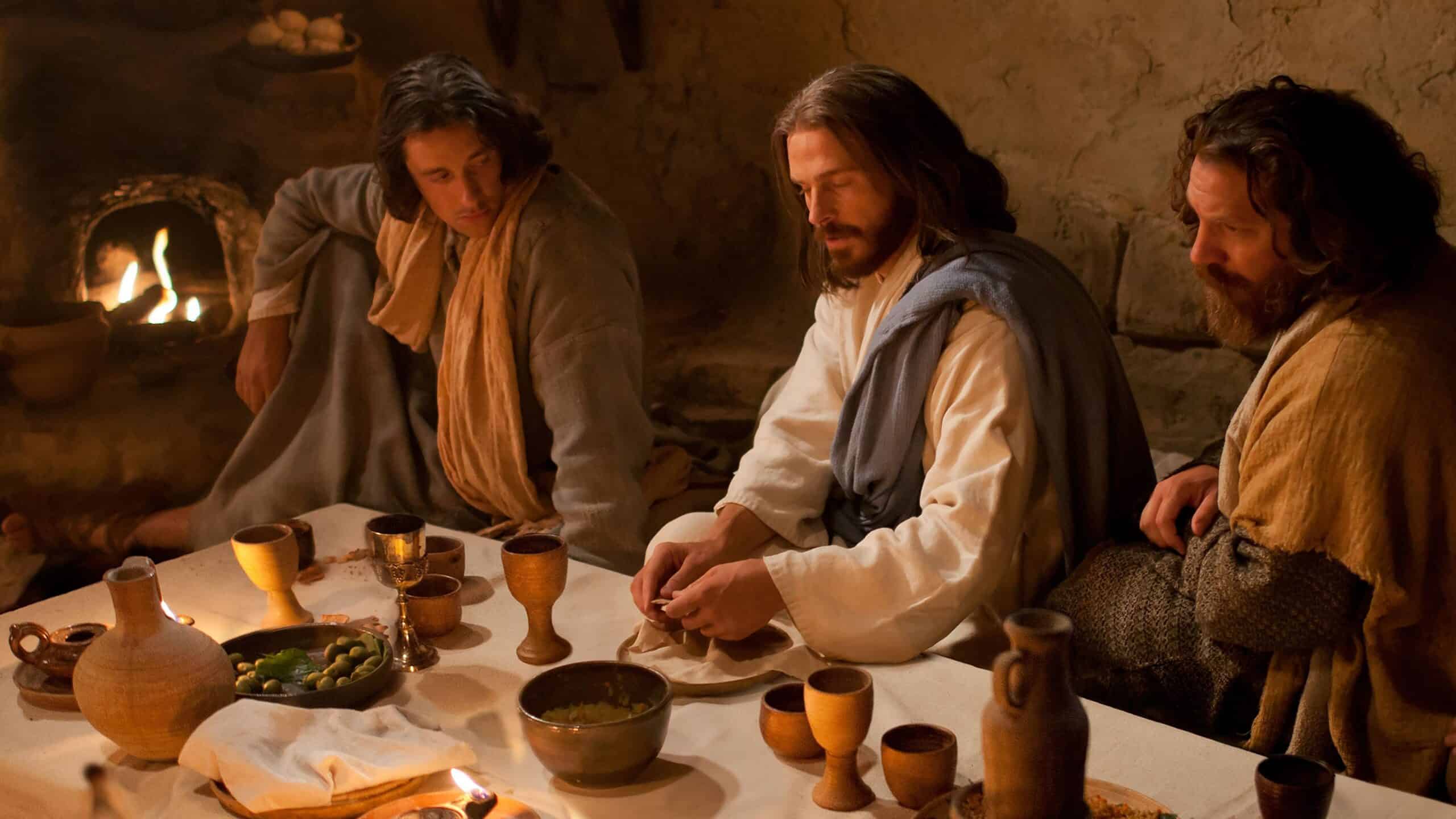I edited and copied this text from the page linked at the bottom.
As I wrote yesterday, I am not setting my sights on capture, but on
sanctification, and treat the following text as illustrative.
The subject of rapture is a difficult topic and causes much controversy among believers while exposing some arrogance, pride, and superiority....
So the article is for converts of the heart and not the intellect regardless of whether one believes in rapture before or after.
____________
There is an interesting parallel between an ancient Israelite wedding and a kidnapping. Only the Pre-Tribulation Rapture will fit into this scenario. We brides (the Church of Christ) are now awaiting the return of our Bridegroom who will take us to the wedding chamber (ascension) for seven years (while the tribulation takes place on earth). We will then celebrate the Wedding Supper of the Lamb and depart with our Bridegroom to our new home, the new Jerusalem.
Revelation 21:1-4 .
„(1) And I saw a new heaven and a new earth; for the first heaven and the first earth have passed away, and there is no more sea. (2) And I, John, saw the holy city, the New Jerusalem, coming down out of heaven from God, which is prepared as a bride adorned for her husband. (3) And I heard a mighty voice from heaven, saying, Behold, the tabernacle of God is with men, and he will dwell with them; and they shall be his people, and God himself shall be with them-their God. (4) And God shall wipe away every tear from their eyes; and there shall be no more death, neither pain, nor crying, neither shall there be any more weariness; for the first things have passed away."
This is one of the most eye-opening studies that uses excellent historical insight into the cultural aspects of our Hebrew roots.
Who is the bridegroom and bride in the Bible?
There were three groups of people present at every Hebrew (not to be confused with Jewish) wedding: the groom, the bride and the invited guests. There will also be three groups of people involved in the marriage of the Lamb.
Groom
This is Jesus 2 Corinthians 11:2 , Ephesians 5:23-27
Bride
This is the church
2 Corinthians 11:2, Eph. 5:22-32 , Revelation 21:9-10
Guests
rescued after kidnapping Matthew 25:1-10
THREE ASPECTS OF A JEWISH WEDDING
There were also 3 aspects to every Hebrew wedding.
The same is true of the marriage of the Lamb.

The wedding contract (Engagement).
It is when a person is saved by accepting Jesus as their Lord and Savior. ~ 2 Corinthians 11:2 Wedding Ceremony (Groom receives Bride) This is Kidnapping.
John 14:2-3 i Revelation 19:7 literally reads like this: "The nuptials of the Lamb came, and his wife made herself ready." The wedding has already taken place in heaven during the Abduction , and now the Lamb and the Church are returning to earth for the wedding feast. This is a parallel to what Jesus said in Luke 12:36 : "And be like the people who wait for their master when he returns from the wedding..." Wedding feast (Guests are invited to the ceremony)
This is the Second Coming.
Matthew 25:1-10 . "Blessed are those who are invited to the wedding feast of the Lamb." Revelation 19:9 The bride is not invited to her own wedding!
The ekklesia married Christ during the Abduction, and the wedding feast will take place on earth after the Second Coming. Those saved after the Rapture will be invited to participate in the wedding feast.
THE WEDDING OF ANCIENT ISRAEL
Image of the Messiah
What does Scripture mean when it refers to the church as the bride and Jesus as the bridegroom? Is it just flowery language? Is it merely an indication of God's love for His people? Understanding ancient Hebrew wedding practices clarifies the meaning of Scripture. The vow is a picture of the covenant made by Jesus and reveals His plans to return for His bride, the church (ecclesia).
The people of ancient Israel understood what Jesus intended to do because they understood the wedding model. The analogy between the wedding and Christ and the church is described Ephesians 5:31-32
, "Because of this, the man will leave father and mother and shall be united to his wife, and the two shall become one flesh."
It's a deep mystery - but I'm talking about Christ and the Church." The following is an overview of ancient Hebrew betrothal and wedding practices. The parallel shows how Jesus fulfilled the betrothal part of the wedding and how He can fulfill the rest when He comes again for His bride, the church.
I. Ancient wedding practice:
The marriage covenant and bride price.
When a young man desired to marry a young woman in ancient Israel, he would prepare a contract or covenant to present to the young woman and her father in her home. The contract indicated his desire to keep the young woman and specified the terms under which he would declare for marriage. The most important part of the contract was the bride price, the price the young man was willing to pay to marry the young woman. This payment was to be given to the young woman's father in exchange for his consent to the marriage. The bride price was generally quite high. Sons were considered more valuable than daughters because they were physically more capable of participating in farming and other heavy labor. The bride price compensated the young woman's family for the cost of raising a daughter, and also indicated the love the young man had for the young woman - the young woman was very valuable to him! The young man would go to the young woman's house with a contract and present his offer to the young woman and her father.
Jesus' fulfillment: the marriage covenant and the bride price.
Jesus came to the home of His bride (Earth), to present His marriage contract. The marriage contract made by Jesus is the new covenant that provides forgiveness of the sins of God's people. Jesus paid the bride price with His life. At the Last Supper, while breaking bread, He spoke of the price He was paying: "...This is my body given up for you..." Luke 22:20 . W Hebrews 8:15 is clear that Jesus died as the price for the new covenant: "...Christ is the mediator of the new covenantThat those who are called may receive the promised eternal inheritance - now that he has died as a ransom to free them from the sins committed under the first covenant.
Other Scripture references include. 1 Corinthians 6:19-20 , 1 Peter 1:18-19, Acts 20:28 i John 3:29 . The marriage contract, the new covenant, is described throughout Scripture: "...This is the covenant that I will make with the house of Israel after this time" - declares the Lord. 'I will put my law in their minds and write it on their hearts. I will be their God, and they shall be my people...all shall know me, from the least to the greatest" - declares the Lord. "For I will forgive their wickedness and remember their sins no more." Jeremiah 31:31-34
II. Ancient wedding practice: the Cup
If the bride's price was appropriate to the bride's father, a young man pours a young woman a glass of wine. If the young woman drank the wine, it would signify her acceptance of the proposal. At this point, the young man and the young woman were about to become engaged. An engagement was legally binding, as was a marriage. The only difference was that the marriage had not yet been consummated. The typical engagement period lasted 1-2 years. During this time, the bride and groom prepared for the wedding and did not see each other.
2000 years....
Jesus' Fulfillment: the Chalice.
Just as the bridegroom poured the cup of wine for the bride to seal the marriage contract, so Jesus poured the wine for His disciples. His words describe the importance of the cup in representing the bride price for the marriage contract: Then He took the cup, gave thanks, and offered it to them, saying:
"Drink from it, all of you. This is my blood of the covenant, which will be poured out for many for the remission of sins. I tell you, from now on I will not drink from this fruit of the vine until the day when I drink it anew with you in my Father's kingdom." The disciples drank from the cup, thus accepting the contract. Matthew 26:28-29

cdn

